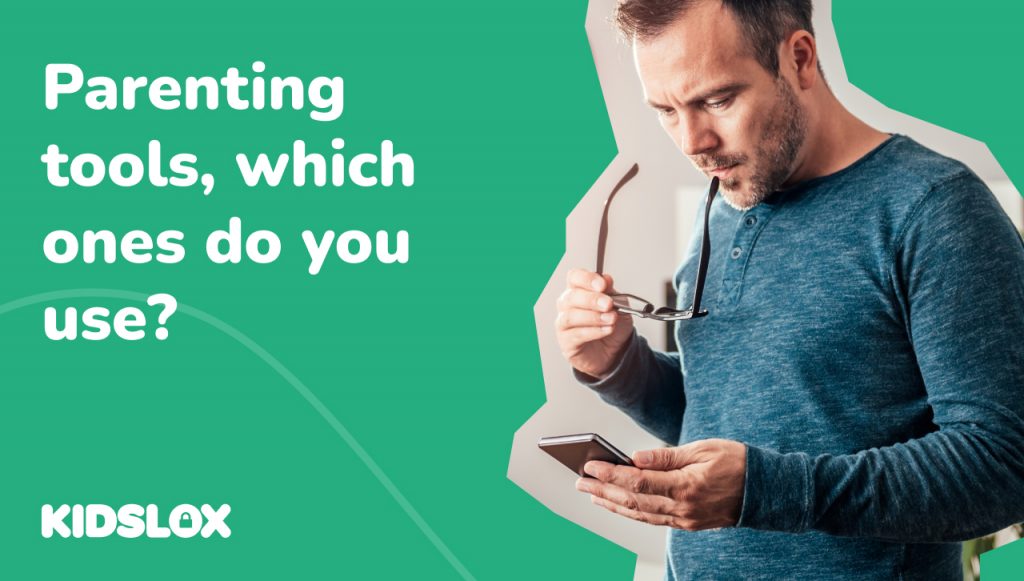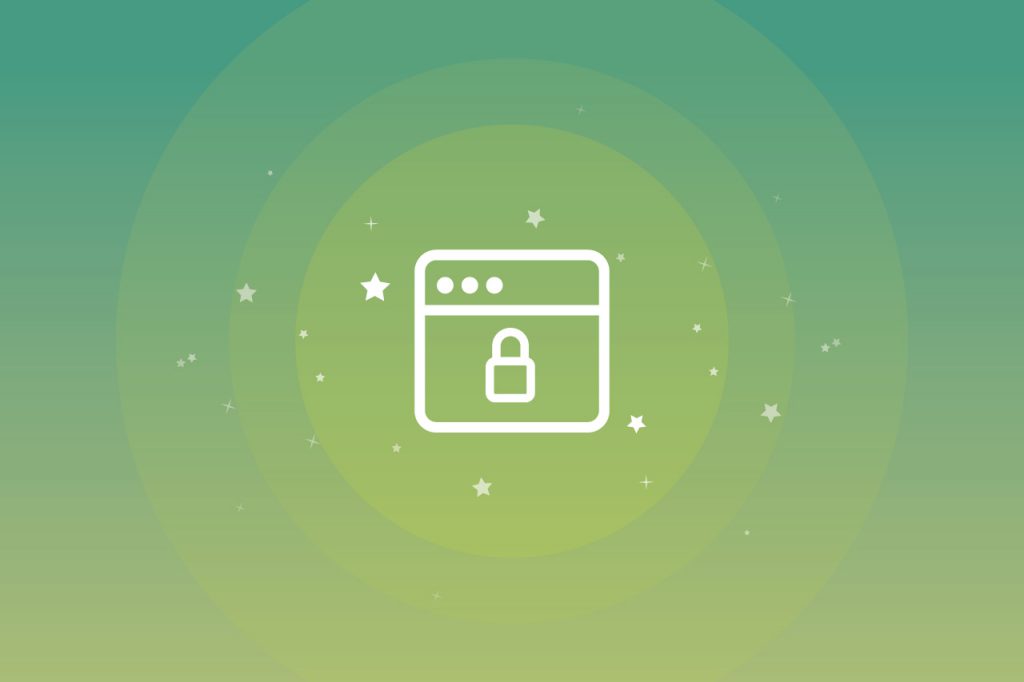Finding the balance with kids, social media and smartphones
Parenting in the digital age has become increasingly complex, as smartphones and social media play a central role in young people’s lives. For many families, finding the right balance between protecting children from online risks and allowing them to stay connected with friends and interests is a daily challenge. Removing devices entirely can feel extreme, yet unrestricted access exposes children to content and pressures they may not be ready to navigate.
This tension has driven a growing need for tools that help parents manage their children’s online interactions effectively. These tools aim to strike a middle ground—one where kids can explore the digital world within boundaries that promote safety, wellbeing, and gradual independence.
Recent news, such as Australian discussions around social media illegal for children under 16, highlights how governments are stepping in to address these concerns. Yet, parents remain the first line of defence, and understanding the tools available can make all the difference in creating a healthy relationship with technology at home.
In this Guide To, we’ll explore the parental tools that bridge the gap between total restriction and unlimited access, offering practical solutions to help families navigate the evolving digital landscape.
Parenting Online: A Growing Dilemma
Parenting has always involved striking a balance between protection and independence, but the digital age has amplified this challenge. Social media and smartphones have become deeply ingrained in the daily lives of children and teenagers, offering opportunities for connection, learning, and creativity. Yet, they also pose risks—exposure to harmful content, online bullying, addictive behaviours, and the pressure of constant comparison.
For many parents, this creates a dilemma: allowing unrestricted access can feel like opening the door to risks, while banning devices altogether might isolate children socially and leave them unprepared for a digital future. The rise of platforms designed to maximise engagement and the spread of repetitive, often harmful content have left parents feeling outpaced by the sheer scale of the issue. This has sparked much debate and has led to the creation of communities like the smartphone-free childhood movement.
Governments are beginning to respond. Australia’s recent decision to ban social media for children under 16 reflects growing concerns about the mental health impact of unregulated access. However, such measures also highlight the need for tools that empower parents to take control in their own homes, tailoring solutions to their children’s unique needs.
This is where parental tools come in, offering a way to manage screen time, filter content, and promote healthy online habits without resorting to extremes. These tools act as a bridge, helping families navigate the digital world while prioritising both safety and social connection.
Why Total Restrictions Aren’t Always the Answer
The idea of completely banning smartphones or social media might seem like an effective solution to the challenges of digital parenting. However, such an approach can have unintended consequences, particularly for children growing up in a world where technology is integral to education, communication, and social identity.
Children without access to smartphones or social media may face feelings of exclusion, missing out on opportunities to connect with friends, collaborate on school projects, or participate in online communities. These experiences, while virtual, often have real-world implications for their sense of belonging and confidence. What’s more, total restrictions may leave children unprepared for the inevitable moment when they do gain access, whether at a later age or through unmonitored devices outside the home.
Social media, while risky, also provides benefits such as creative expression, learning opportunities, and access to shared interests. A blanket ban doesn’t equip children with the skills to navigate these spaces safely or responsibly. Instead, it can foster secrecy or resentment, potentially driving them toward unregulated use on hidden accounts or devices.
Parental control tools offer a middle ground. Rather than cutting children off entirely, they allow parents to set age-appropriate boundaries that grow and adapt over time. With these tools, families can establish clear rules, promote healthy screen habits, and empower children to explore the digital world in a way that is safe and balanced.
What do Parental Controls offer?
Parental control tools offer a practical and flexible solution for managing children’s smartphone and social media use. They empower parents to create boundaries that suit their child’s age, maturity, and unique needs, while still allowing them to engage with technology in meaningful ways. Here’s an overview of the key types of tools available:
- Screen Time Management – to allow parents to set daily or weekly limits on app and device usage.These tools help curb excessive screen use while encouraging a healthy balance between online and offline activities. Parents can create schedules, such as “downtime” during meals, study hours, or bedtime.
- Content Filtering and Monitoring – blocks inappropriate content and provides insights into the apps and websites children are using. These tools give parents control over the type of content their child can access, reducing exposure to risks like explicit material or harmful trends. Many also provide real-time alerts for concerning activities, such as bullying or unsafe interactions.
- Social Media Controls – limit access to certain apps or sets age-appropriate restrictions on platforms like Instagram, TikTok, or Snapchat. Social media-specific tools help parents monitor and guide interactions while encouraging positive engagement.
- Location and Activity Monitoring – to track a child’s location and usage patterns for added safety. These tools provide peace of mind for parents by allowing them to monitor where their child is and how they’re using their device, making it easier to spot potential risks.
- Time and Access Scheduling – creates time-based restrictions or limits access to certain features during specific hours.These tools are particularly useful for maintaining structure and ensuring children prioritise school, family time, or sleep.
- Data Privacy and Security – protects a child’s personal data and privacy while online.
These tools reduce the risk of data breaches and intrusive advertising while encouraging safer online habits.
How These Tools Bridge the Gap
Parental tools play a vital role in bridging the gap between total restriction and complete freedom, offering families a practical way to find a good balance. By tailoring boundaries and controls to a child’s specific needs, these tools create a safer approach to smartphone and social media use.
- Encouraging Healthy Habits
Instead of outright bans, tools like screen time monitors or app usage trackers help children develop a better understanding of moderation. By setting clear limits and offering reminders, they teach kids how to balance online activities with offline priorities like schoolwork, hobbies, and family time.
- Promoting Trust and Collaboration
Rather than fostering secrecy or conflict, parental tools enable open communication about technology. Parents can involve children in setting rules, explaining why certain restrictions are in place, and adapting them as the child matures. This collaborative approach strengthens trust and helps children feel respected.
- Protecting Without Isolating
By allowing access to social media or online communities within safe boundaries, these tools ensure that children can stay connected to friends and interests without overexposure to harmful content or influences. Features like content filters and comment moderation encourage positive interactions while shielding children from risks.
- Adapting Over Time
Children’s needs change as they grow, and parental tools are designed to evolve alongside them. Settings can be gradually adjusted to provide more freedom and responsibility, helping children develop the skills and confidence to navigate the digital world independently.
- Giving Parents Peace of Mind
For parents, these tools offer a sense of control and reassurance. Whether it’s monitoring online activity, setting app limits, or tracking a child’s location, they provide the resources needed to manage digital risks proactively while maintaining a healthy balance.
By bridging this gap, parental tools empower families to embrace technology in a way that prioritises safety, trust, and independence. They ensure that children can enjoy the benefits of the digital world without becoming overwhelmed by its challenges.
While parental tools offer valuable support in managing children’s smartphone and social media use, they are not without their challenges. Understanding these limitations is key to using them effectively and fostering a healthy digital relationship within the family.
- Tools Aren’t Foolproof
Tech-savvy children can often find ways to bypass restrictions or exploit loopholes in parental controls. For example, they may create hidden accounts or use unmonitored devices, highlighting the need for ongoing dialogue and trust alongside technical solutions.
- Balancing Privacy and Oversight
While parental tools are designed to protect, they can sometimes feel invasive to older children or teenagers. Constant monitoring of their activities may lead to feelings of mistrust or resentment, underscoring the importance of finding a balance between safety and respect for privacy.
- Dependency on Technology
Relying solely on parental tools can create a false sense of security. These tools work best when paired with active parenting—discussions about online safety, healthy habits, and mutual understanding are essential for long-term success.
- Evolving Digital Landscape
The rapid pace of technological change means that new platforms and risks are constantly emerging. Parental tools must be regularly updated to remain effective, and parents need to stay informed about the latest trends and challenges.
By combining technology with clear communication and trust, families can create a supportive framework for safe and balanced smartphone and social media use.
What’s next in the world of parental controls?
As governments worldwide begin to address the challenges of children’s access to social media and smartphones, parents are navigating a rapidly shifting digital landscape. While such regulations aim to protect, they also highlight the critical role of parental involvement in managing children’s online lives.
- Adapting to New Standards
Changing regulations may impact how platforms operate, introducing stricter age verification and content moderation systems. Parents must stay informed about these changes to understand their implications and integrate them into their family’s digital strategy. Parental tools can help bridge the gap, offering control and flexibility as new rules take effect.
- Advocating for Better Design
Beyond regulations, parents can play a vital role in advocating for child-friendly design in social media platforms. Most recently we have seen this with the changes made to the popular gaming app, Roblox. Features like automatic screen time limits, stronger privacy protections, and simplified parental controls can ease the burden on families. By demanding these changes, parents can push the tech industry to take greater responsibility for young users’ wellbeing.
- Creating Community Solutions
Regulations alone can’t address every concern. Parents can benefit from joining local or online communities to share experiences, tips, and strategies for managing smartphone use. These groups can provide valuable support and create consistent messaging about healthy digital habits within a child’s peer group.
- Empowering Parents with Tools
As the digital environment evolves, parental tools will remain essential in helping families navigate it. These tools can provide a layer of personalised control that regulations cannot, allowing parents to tailor solutions to their child’s specific needs and maturity level.
The combination of regulatory changes, industry shifts, and proactive parenting can create a safer, more supportive digital space for children. By staying engaged and informed, families can adapt to these changes while continuing to foster healthy and balanced technology use.
Finding the Right Balance for Your Family
Parenting is a constant balancing act—one that requires thoughtful navigation of the benefits and risks of smartphones and social media. While total restrictions might feel like a straightforward solution, they can isolate children and deny them opportunities for connection and growth. At the same time, unrestricted access can expose them to harmful content and experiences they may not be ready to handle.
Parental tools provide a practical middle ground, enabling families to create a framework that prioritises safety while promoting healthy, responsible engagement with technology. By combining these tools with open communication, parents can guide their children in developing good habits, building trust, and learning to navigate the digital world with confidence.
As regulations evolve and platforms respond to new demands, parents will remain the most important influence in shaping their children’s relationship with technology. With the right tools, strategies, and support, families can create an environment that fosters exploration, connection, and wellbeing—empowering the next generation to thrive both online and offline.
At Kidslox we understand the need for our young people to learn the appropriate digital literacy skills that will set them up for the future. The goal is not to eliminate technology but to integrate it into family life in a way that feels balanced, supportive, and intentional. With thoughtful planning and the right resources, every family can find its own path through the challenges of the digital age.





